What You Didn’t Know About Alarms
Smoke alarms and CO alarms are more nuanced than most people realize.
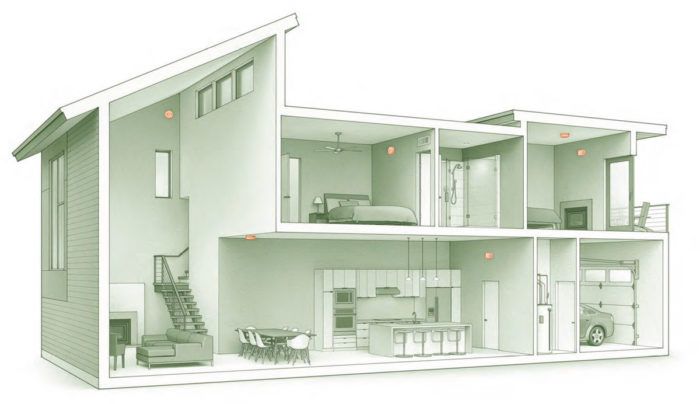
Residential smoke alarms have been required by national building codes for decades, yet according to the National Fire Protection Association (NFPA), approximately 60% of home fire deaths occur in houses without functioning smoke alarms. Why wouldn’t a home have functioning alarms? There are several reasons, including the increasingly unlikely one that an older house hasn’t undergone a remodeling project since the 2000 IRC, when interconnected alarms were required both in new construction and when virtually any permitted interior work is done. In other cases, it could be that the alarms were installed in poor locations, were disabled because of frequent false alarms, or were beyond their useful life span.
In the 2009 IRC, hardwired carbon monoxide (CO) alarms joined smoke alarms as a requirement. While CO is a large component of smoke in a house fire, it also can come from car exhaust in attached garages or from poorly vented combustion appliances such as boilers, furnaces, water heaters, and gas stoves. CO has no odor, color, or taste. Levels found in residential fires can render a person unconscious in one minute and dead in three. Low-level exposure can cause headache, depression, confusion, and memory loss. CO alarms are not required to connect with a house’s smoke alarms, although they may.
Until the 2012 IRC, interconnection was understood to be a physical connection of all alarms in a building via wiring. Alarms that communicate wirelessly are now allowed. They are still required to be powered by house current, but wireless alarms can offer many more features.
Locating alarms
For alarms to function, they need to be where the smoke or CO goes. That’s why codes specify certain locations, and the NFPA has even more best-practice recommendations. Because smoke distribution in buildings is uneven, some pockets, such as corners or areas near fans or supply ducts, remain clear longer than others. Therefore, alarms may not be mounted in those spots. On the other hand, if smoke alarms frequently cry wolf, they will eventually be disregarded or disabled. Steam is a common cause of false alarms, so there are requirements about locating them around bathrooms and kitchens. CO is another matter. Its density is about equal to that of air, so it doesn’t necessarily rise to the ceiling. That’s why CO alarms are not required to be installed high up.
For more drawings and details, click the View PDF button below:



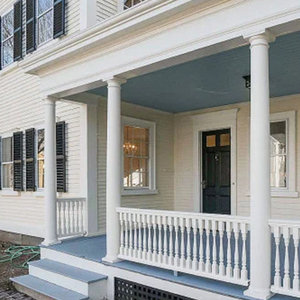
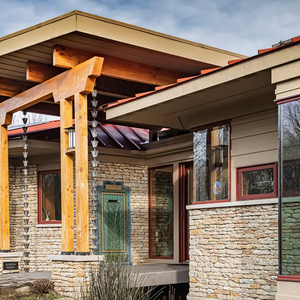




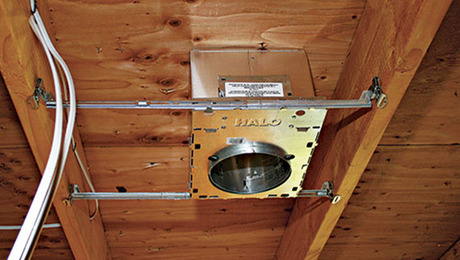
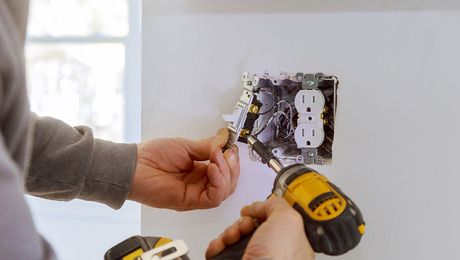
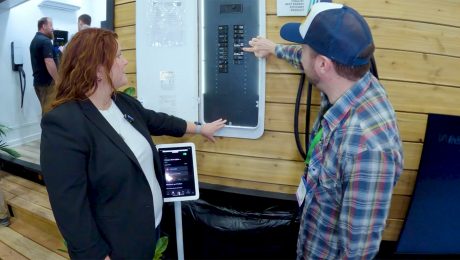


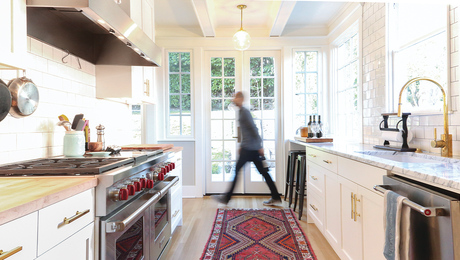












View Comments
Have modern interconnected smoke alarms. But not happy with the green LED beaming into my eyes at night. Is there an alternative without the indicator light?
Hard in an older, poorly designed home - like bedroom door opening within 3-4 feet of kitchen and bath door right across from it.
Annoying LED? Make a shield that is open only on the sides away from you. You may get a faint glow on wall or ceiling, but will see it just fine everywhere else. Not sure what the bank assessor will say. My smoke alarms only have the red LED that only blinks when battery is low, off otherwise. They are getting old.